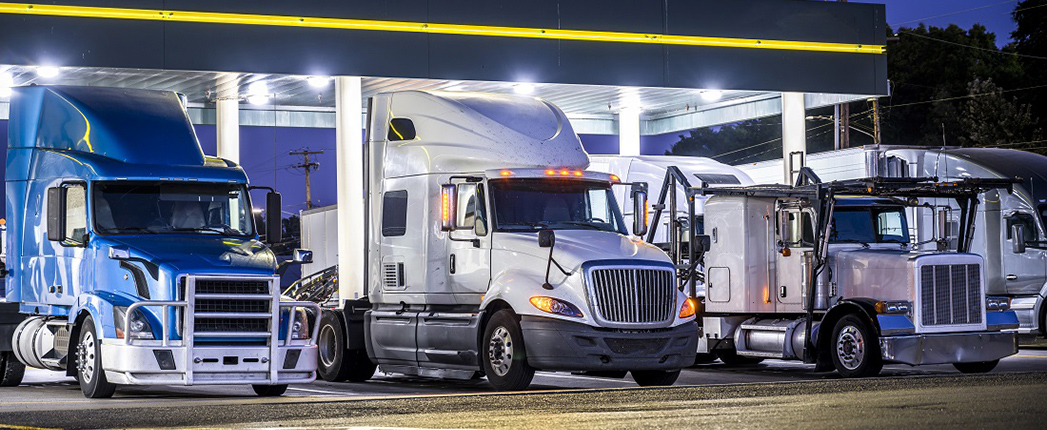
Pressure is building for the heavy-duty engine oil market to begin shifting to lower viscosity grades, but lighter oils might not provide adequate protection in off-road applications, an official from Caterpillar Inc. said recently.
This could prevent the use of lighter oils in off-road heavy-duty equipment and lead to a two-tier structure for future specifications, Hind Abi-Akar, a fluids technical expert with the company, said at the ICIS Pan American Base Oils & Lubricants Conference in Jersey City, New Jersey, in November.
Passenger car engine oils have moved steadily down the viscosity spectrum the past couple decades, shifting from SAE 15W- and 10W- multigrades to 5W- and now 0W- oils in order to improve fuel economy.
A similar interest in fuel economy is starting to take shape in the commercial trucking sector, but as Abi-Akar noted, the operating environment for heavy-duty diesel engines is more challenging. Because of the loads they carry, components in heavy-duty engines are subject to greater pressures. The oil film between components needs to maintain a certain thickness to prevent parts from scraping through the oil film under high loads.
Abi-Akar pointed to several areas that are particularly vulnerable: the upper connecting rod bearing, where insufficient oil film can induce wear and debris polishing of the bearing surface and crankshaft journal; the lower main bearing, where the bearing surface and crankshaft journals are again susceptible to wear and debris polishing, especially under high loads; piston ring liners, which can suffer wear that leads to increased oil consumption and allows blowby gases; valve mechanisms, cams and rollers, which can sustain increased wear leading to early engine failure.
Adequate oil film thickness is also needed to allow small particles to pass between components without causing wear.
Part of the risk of reducing viscosity, Abi-Akar said, is that oil characteristics and performance can change as the oil ages. Temperature, soot and combustion gases all cause an oil to degrade, but some oils are more robust than others in their ability to stand up to these factors.
Fleet operators take oil samples regularly to test for degradation and determine when oil needs to be replaced. “But these tests cannot always signal when oil is failing to protect particular components,” Abi-Akar said. She cited a study of two engines with oils that had passed degradation tests. The engines were broken down, and one was found to still be in excellent condition while components in the other had suffered significant polishing and scuffing that led to seizure.
The latest heavy-duty engine oil specification in North America, which came to market in 2016, was broken into two categories: API CK-4, which is meant for use in 2017 and earlier models of on- and off-road engines; and API FA-4, which provided similar performance but better fuel economy and which is only meant for 2017 and later models of on-road engines. FA-4 has lower high temperature, high shear stability, meaning it makes a thinner film.
Low HTHS oils and low-viscosity oils are not allowed in heavy-duty off-road engines, Abi-Akar said, adding that FA-4 oils have not demonstrated a robust ability to maintain sufficient oil film thickness in the face of temperatures, loads and pressures encountered in heavy-duty engines.
Abi-Akar suggested that future heavy-duty oil specifications will need twin categories like CK-4 and AK-4 – one that protects on – and off-road engines and another that helps improve fuel economy for on-road engines. She added that the industry needs to conduct more field trials to confirm the performance of low-viscosity oils and better tests to monitor the condition of heavy-duty oils during use.